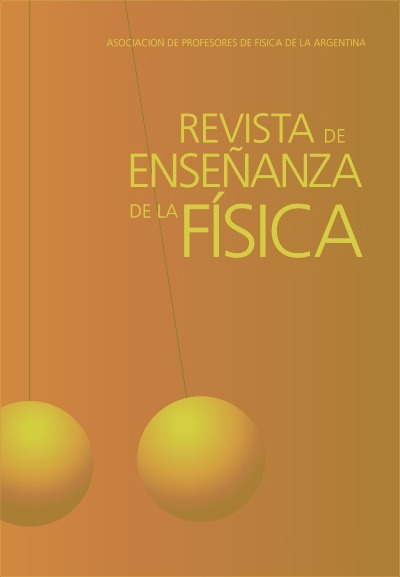E = mc2 on YouTube: an analysis based on the theory of semi-formation
Keywords:
Critical theory, Semiformation (Halbbildung), Science teaching, Special theory of relativity, Mass-energy relationAbstract
In front of the enormous access to information that we experience in the digital age, many people seek information and study through the internet. "E = mc2" is the most famous equation in physics, but it is still poorly understood by a large part of the public. Some people turn to the video platform YouTube, one of the main sites on the internet, to clear up doubts about the equation and its history. The objective of this work is to analyze eleven Brazilian videos available on the YouTube platform about the mass-energy relationship. For this analysis we are based on the concept of Semiformation, or Semiculture (Halbbildung), defined by Theodor W. Adorno. With the analysis it was possible to verify that most of the videos contribute to the process of semi-formation of the subjects, as they present mistaken and poorly developed concepts about the mass-energy relation.
Downloads
Published
Issue
Section
License

This work is licensed under a Creative Commons Attribution-NonCommercial-NoDerivatives 4.0 International License.
Aquellos autores/as que tengan publicaciones con esta revista, aceptan los términos siguientes:Los autores/as conservarán sus derechos de copiar y redistribuir el material, bajo los términos estipulados en la Licencia de reconocimiento, no comercial, sin obras derivadas de Creative Commons que permite a terceros compartir la obra bajo las siguientes condiciones:
- Reconocimiento — Debe reconocer adecuadamente la autoría, proporcionar un enlace a la licencia e indicar si se han realizado cambios. Puede hacerlo de cualquier manera razonable, pero no de una manera que sugiera que tiene el apoyo del licenciador o lo recibe por el uso que hace.
- NoComercial — No puede utilizar el material para una finalidad comercial.
- SinObraDerivada — Si remezcla, transforma o crea a partir del material, no puede difundir el material modificado.
- Los autores/as podrán adoptar otros acuerdos de licencia no exclusiva de distribución de la versión de la obra publicada (p. ej.: depositarla en un archivo telemático institucional o publicarla en un volumen monográfico) siempre que se indique la publicación inicial en esta revista.
- Se permite y recomienda a los autores/as difundir su obra a través de Internet (p. ej.: en archivos telemáticos institucionales o en su página web) antes y durante el proceso de envío, lo cual puede producir intercambios interesantes y aumentar las citas de la obra publicada. (Véase El efecto del acceso abierto).










